Description
ABOUT THE AUTHOR:
:
B.N.Goswamy, distinguished art historian, is Professor Emeritus of Art History at the Panjab University, Chandigarh. A leading authority on Indian art, his work covers a wide range and is regarded, especially in the area of Pahari painting, as having influenced much thinking. He is the recipient of many honours, including the Jawaharlal Nehru Fellowship, the Rietberg Award from Switzerland for Outstanding Research in Art History, the Padma Shri (1998) and the Padma Bhushan (2008) from the President of India. Prof. Goswamy has written extensively. Among his publications are: Pahari Painting: The Family as the Basis of Style (Marg, Bombay, 1968); Painters at the Sikh Court (Wiesbaden, 1975); Essence of Indian Art (San Francisco, 1986); Wonders of a Golden Age (with E. Fischer, Zurich, 1987); Pahari Masters: Court Painters of Northern India (with E. Fischer; Zurich, 1992); Indian Costumes in the Collection of the Calico Museum of Textiles (Ahmedabad, 1993); Nainsukh of Guler: A great Indian Painter from a small Hill State (Zurich, 1997); Painted Visions: The Goenka Collection of Indian Painting (New Delhi, 1999); Piety and Splendour: Sikh Heritage in Art (New Delhi, 2000), Indian Costumes II: Patkas in the collection of the Calico Museum of Textiles (Ahmedabad, 2002); Domains of Wonder (with Caron Smith; San Diego, 2005), and I See No Stranger: Early Sikh Art and Devotion (with Caron Smith; New York, 2006) As a guest curator, Professor Goswamy has been responsible for major exhibitions of Indian art in Paris, San Francisco, Zurich, San Diego, and Frankfurt. As Visiting Professor, he has taught at some of the most prestigious Universities, including the Universities of Heidelberg, Pennsylvania, California (at Berkeley and Los Angeles), Zurich, and Texas (at Austin), and lectured extensively at museums and universities in Europe, the U.S., and India.
ABOUT THE BOOK
:
The paintings to which this volume serves as a catalogue belonged once to one or the other member of the Sarabhai family. But, compared to so many other distinguished collections which the family owned, and later gifted either to the Calico Museum of Textiles or the Sarabhai Foundationâ€â€Âof textiles, pichhwais, manuscripts, Jain artifacts, and south Indian bronzes, among themâ€â€Âthey have remained little known till now.There is no dominant theme that runs through the collection, and paintings may not, by themselves, have been a dominant passion in the life of the Sarabhais, but the works they collected reflect great discrimination and aesthetic sensibility. What is more, in the collection there is remarkable breadth and even the casual viewer would be struck by the well-rounded view it offers of the broad historical development of Indian painting. There are works here that come from as early as the 11th century and as late as the 19th; small Pala works on palm-leaf jostle here against some of the earliest works done on paper when that material came into use; Mughal works like those from some of the most celebrated series like the Hamza Nama or the Padshahnama stand close to dazzling folios from the so-called ‘Palam’ Bhagavata; the painter Chokha of Deogarh figures in the collection as much as the great Nainsukh of Guler does. The present volume, authored by one of India’s foremost art historians, invites one, through long and detailed notes, to linger over each work, and savour it. Looking at these paintings with studied leisure can turn into an experience akin to slowly and gently unrolling an unending, embroidered scroll with one’s hands.

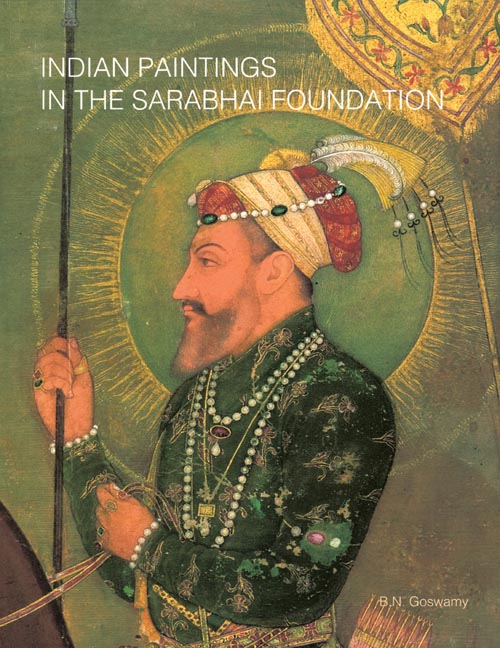

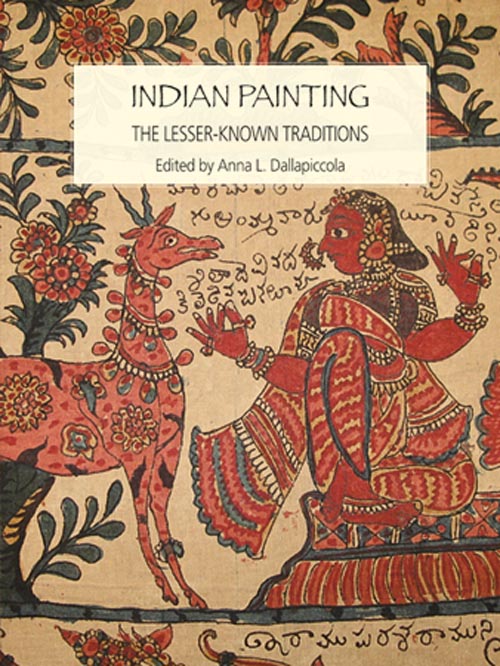
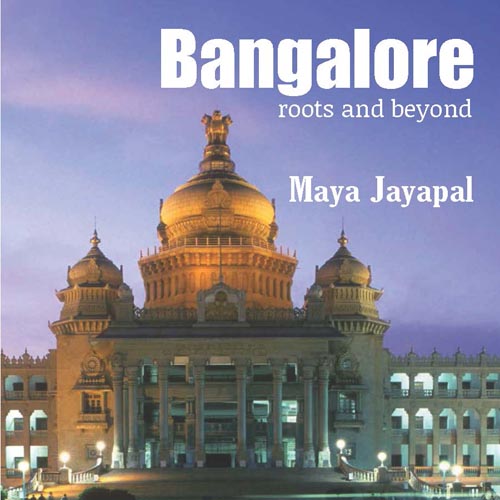
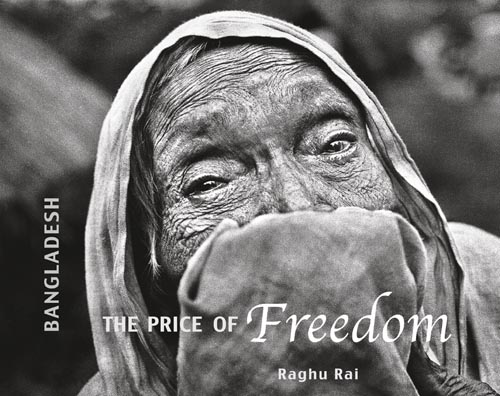
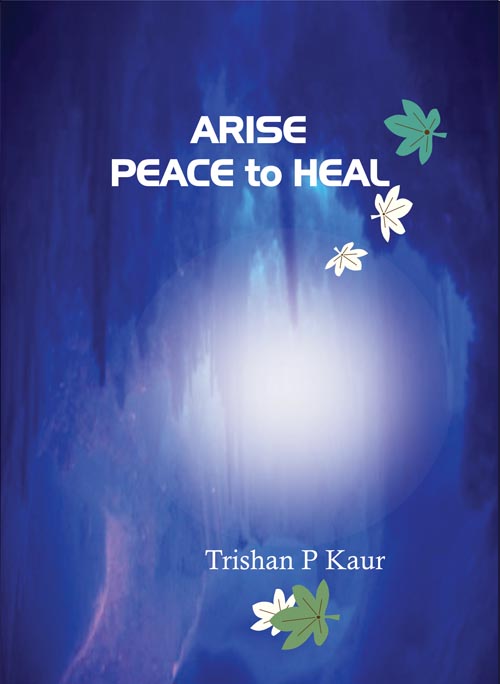
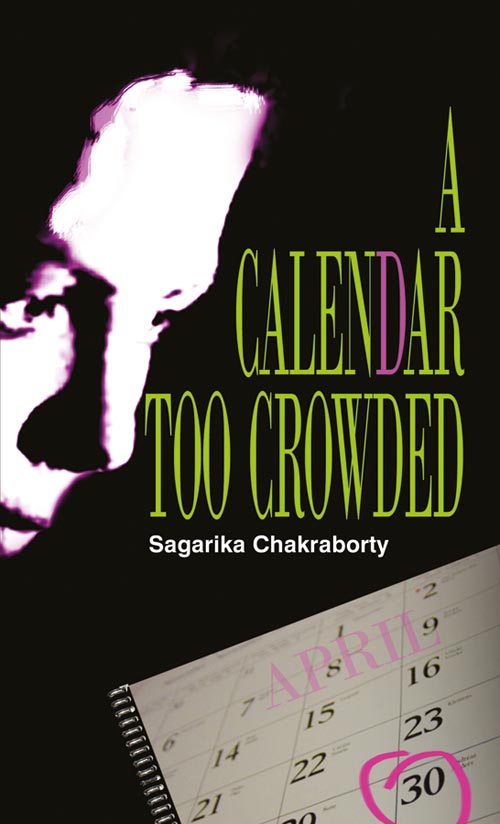
Reviews
There are no reviews yet.